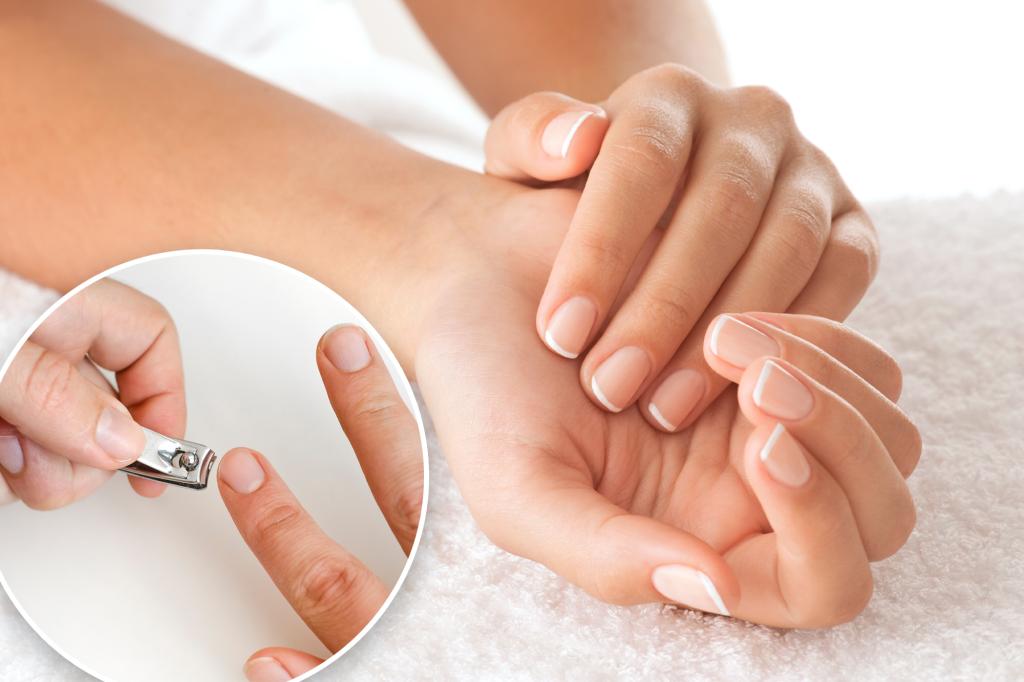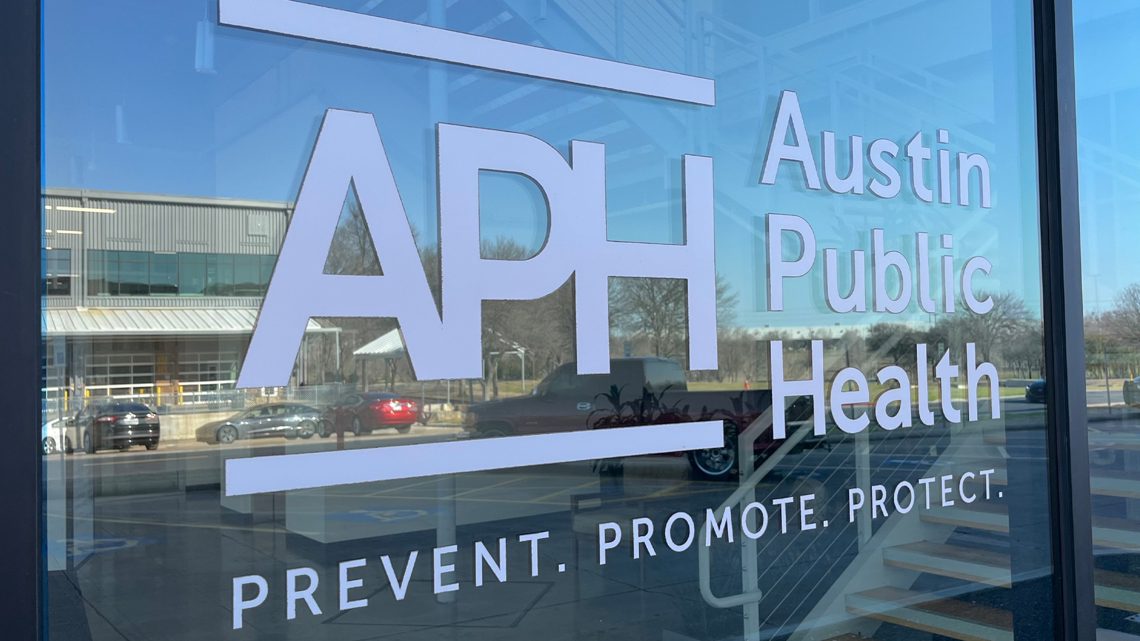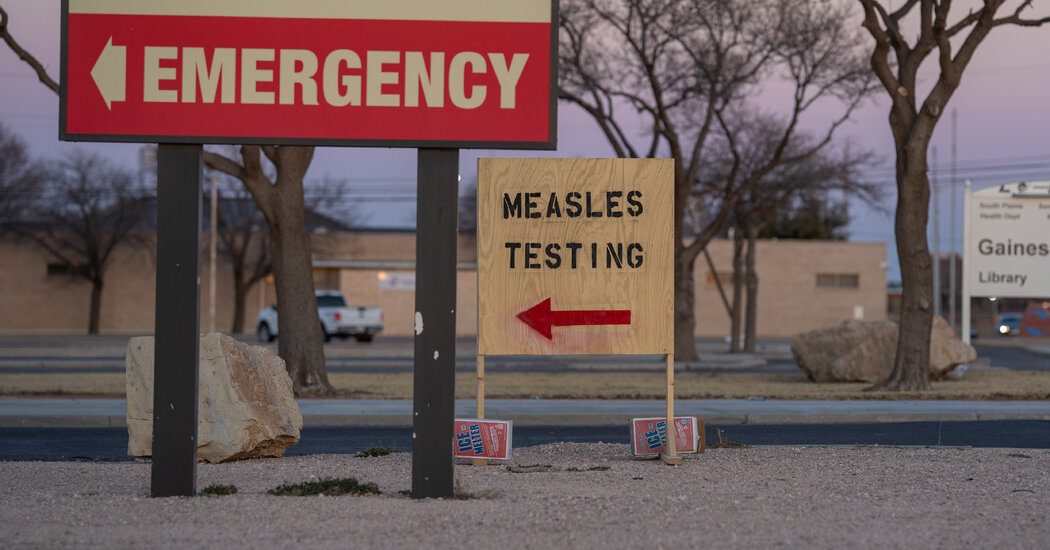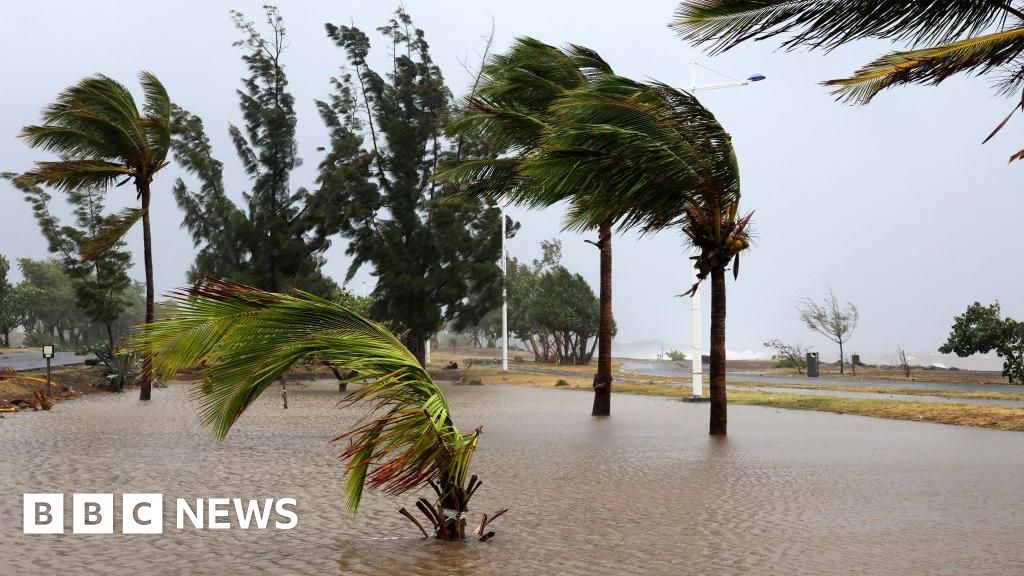
Curious about your life expectancy? The answer might be more accessible than you think.
Dr. David Sinclair, a genetics professor at Harvard Medical School, indicates that your nails can reveal essential information regarding your biological age.
Unfortunately, simply opting for regular manicures won’t change this reality.

On his podcast, Lifespan, Dr. Sinclair shared, “The speed at which your nails grow is a significant indicator of your aging process.”
He added, “I often find myself wondering how long it has been since my last nail trim.”
Sinclair referenced a 1979 study that monitored nail growth in 271 subjects over several years by using small measuring tapes.
The findings revealed that fingernail growth slows by about 0.5% annually after the age of 30.
This decline suggests that nail growth rate could act as a straightforward, non-invasive indicator of biological age—determined by the efficiency of your cells and tissues, as opposed to chronological age, which measures the number of years you have been alive.
If you notice you’re trimming your nails more frequently than your peers, it might indicate favorable biological aging.

As you age, it’s expected for nails to grow slower and potentially become brittle or develop a yellowish tint. However, sometimes nail changes can indicate underlying health concerns.
For instance, nails that appear white or pale might be associated with conditions like anemia, liver disease, or heart issues. Yellowing nails may suggest fungal infections, diabetes, or thyroid disorders.
While the presence of vertical ridges is often attributed to aging, they may also result from nutritional deficiencies or autoimmune disorders such as rheumatoid arthritis.
Additionally, nail clubbing—where nails become thick and curved—can be indicative of lung disease, cardiovascular issues, inflammatory bowel disease (IBD), or liver problems.
While the rate of nail growth offers insights into aging, weak or frequently breaking nails could hint at other factors influencing their health.
Dr. Mary Stevenson, a dermatologic surgeon at NYU Langone, explains that several elements can contribute to brittle and easily damaged nails. A lack of dietary protein can result in decreased keratin, the essential protein that constitutes nails. Deficiencies in essential vitamins like B vitamins and iron can also negatively affect nail health.
Moreover, excessive handwashing, exposure to harsh cleaning products, and trauma to the nail bed may weaken nails.
Dr. Stevenson cautions against cutting cuticles during manicures. “Cuticles serve a protective role by creating a barrier against bacteria and fungi. It’s essential to maintain their integrity,” she clarifies.
“You don’t need to let your nails ‘breathe’ in between manicures; however, avoiding overuse of harsh chemicals or improper nail care techniques is crucial as they can compromise nail strength,” she noted.
Dr. Stevenson suggests considering biotin and iron supplements to enhance nail health, though it may take time to observe any improvements.









